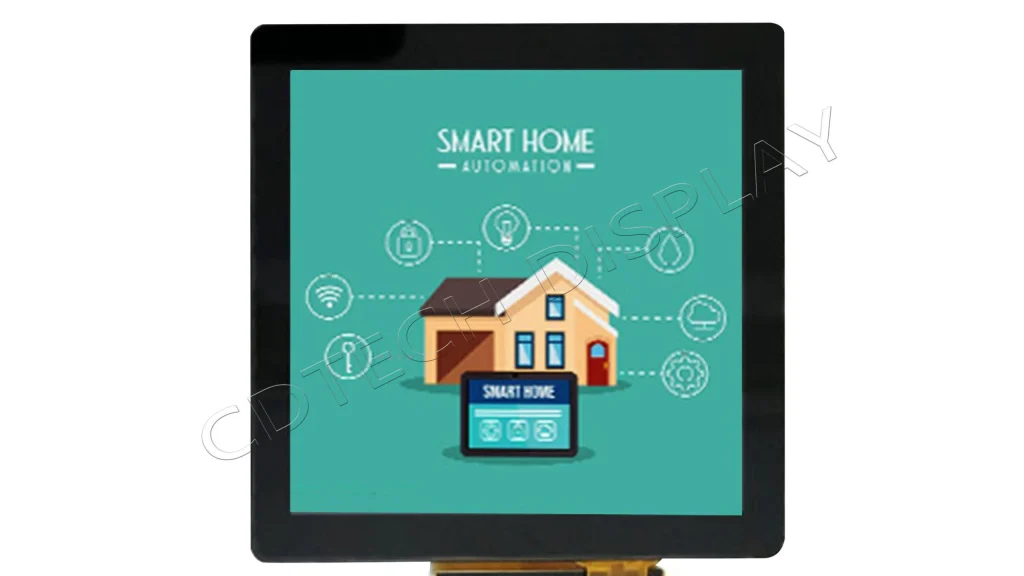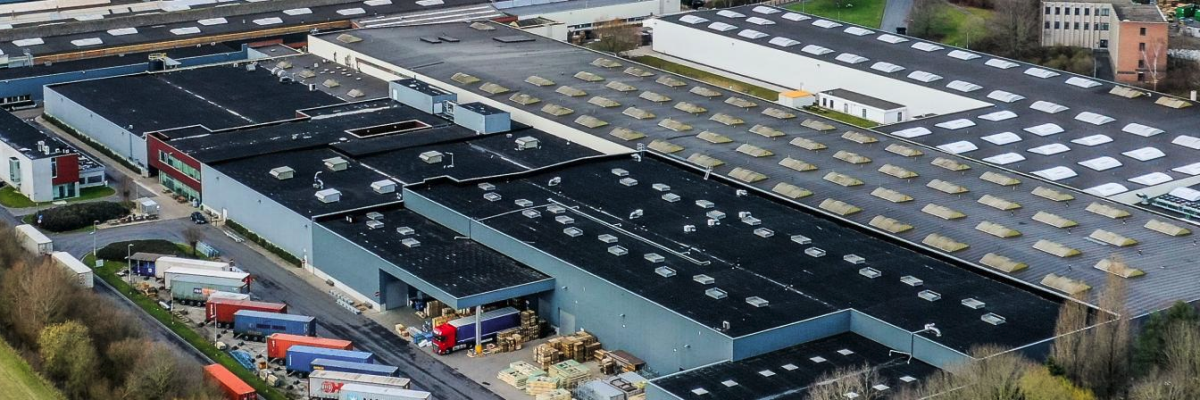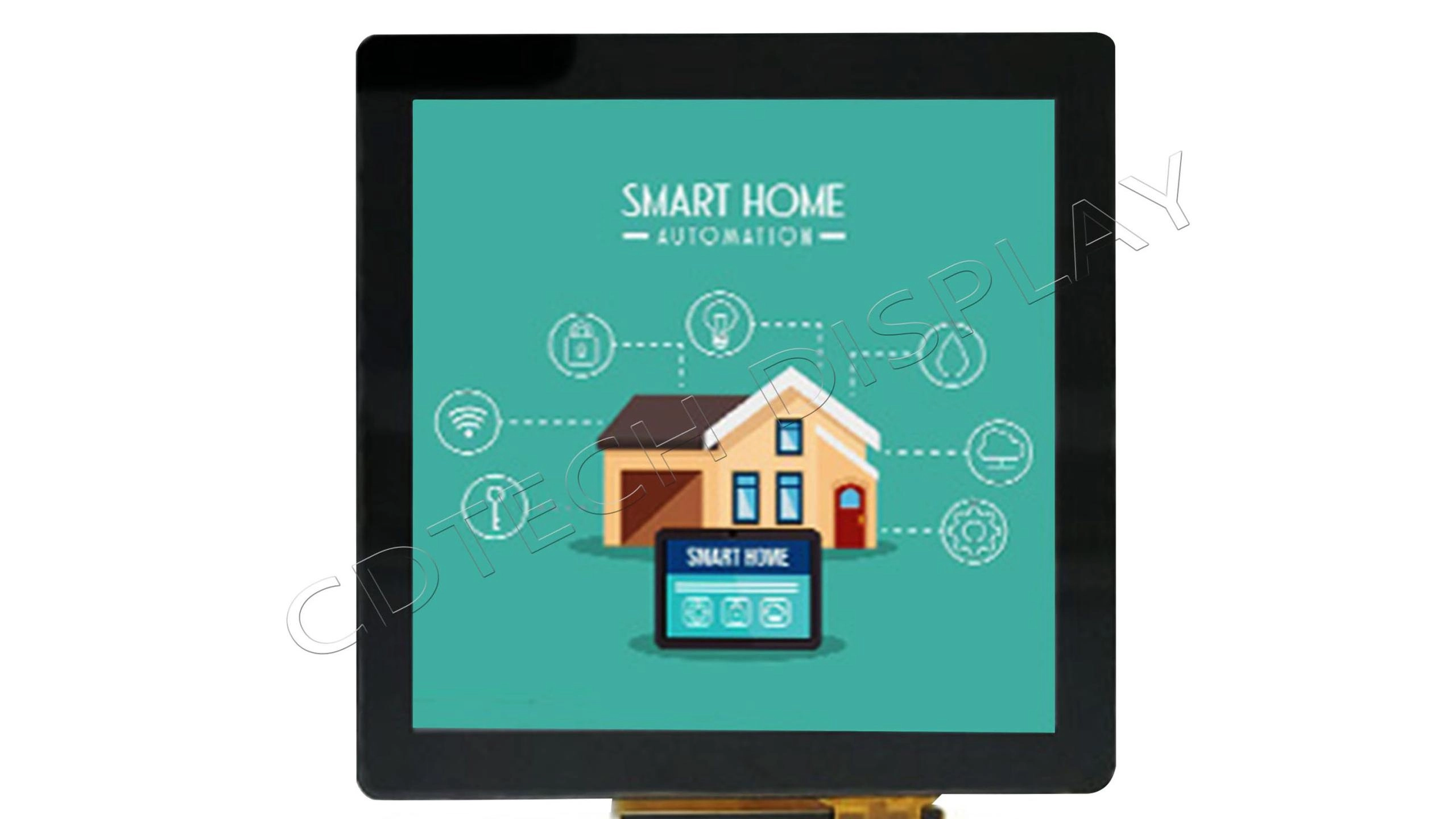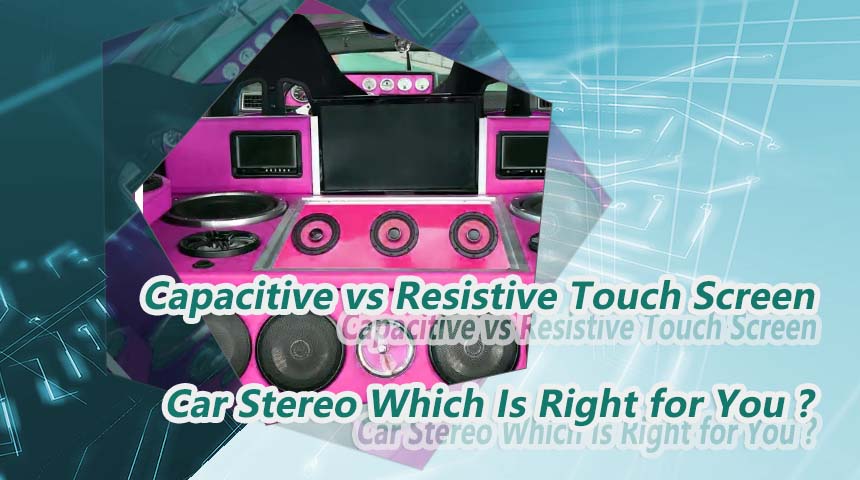Capacitive Touch Screen vs. Resistive: Which is Superior?

Working Principles of Capacitive and Resistive Touch Screens
How a Capacitive Touch Screen Senses Touch
Telas de toque capacitivas work through electrical conductivity. A clear conductive layer, typically indium tin oxide, coats the glass surface. A finger touching the screen alters the layer’s electrostatic field. Sensors within the screen detect this shift. They pinpoint the touch location. These screens depend on human skin’s conductivity to operate well. Their high sensitivity and multi-touch capability make them popular in smartphones and tablets.
The Pressure-Based Mechanism of Resistive Touch Screens
Telas de toque resistivas rely on physical pressure, not conductivity. They have multiple layers. Two thin metallic layers sit apart with a small gap. Pressing the screen with a finger or stylus flexes the top layer. This contacts the bottom layer. The contact forms an electrical circuit at that point. The system then locates the touch coordinates. Resistive screens are robust. They withstand dirt and moisture. This makes them suitable for industrial use.
Comparison of Technical Characteristics
|
Recurso |
Tela de toque capacitiva |
Tela de toque resistiva |
|
Sensibilidade e capacidade de resposta |
Very sensitive. Allows light touches and multi-touch gestures. |
Needs pressure to function. Less sensitive but works with any object, like gloves or styluses. |
|
Durabilidade e manutenção |
Glass surface scratches easily. Needs careful handling. |
Resists dirt and moisture well. Easier to maintain in tough settings. |
|
Capacidade de vários toques |
Supports multi-touch gestures like pinch-to-zoom and swipes fully. |
Limited or no multi-touch due to pressure-based design. |
|
Power Consumption |
Uses more power. Maintains a constant electrostatic field. |
Uses less power. Activates only when pressed. |
Analysis of Application Scenarios
Capacitive Screens in Consumer Electronics
Capacitive touch screens lead in consumer electronics. Their sleek design and fast response shine. They support complex multi-touch gestures. Devices like smartphones, tablets, laptops, and some TVs use this technology. It offers a smooth user interface. This aligns with modern needs for style and functionality.
Resistive Screens in Industrial Applications
Resistive touch screens are preferred in industrial settings. Durability and reliability are crucial there. These environments often face extreme temperatures, dust, or moisture. Such conditions could harm delicate capacitive screens. Resistive screens operate with physical pressure. This suits them for gloves or styluses, common in manufacturing or medical equipment interfaces.

Choosing the Right Screen for Your Needs
Factors to Consider When Selecting a Touch Screen Type
Selecting a touch screen requires evaluating your needs. Consider sensitivity, durability, multi-touch capability, and environmental conditions. Capacitive screens are highly sensitive. They support multi-touch gestures. They are ideal for consumer electronics like smartphones and tablets. Resistive screens rely on pressure. They are more durable. They fit industrial applications.
For rugged environments needing gloves or styluses, resistive technology is better. For slim designs and quick response in laptops or kiosks, capacitive technology performs best.

Spotlight on CDTech
Overview of CDTech’s Role in the Touch Screen Industry
CDTech is a top name in the touch screen industry. We offer creative solutions for various uses. The company specializes in both capacitive and resistive touch screen technologies. Our products meet diverse customer demands. CDTech produces high-quality screens. These work well across different applications.
CDTech creates sturdy, reliable screens for industrial settings. We also make responsive, appealing options for consumer electronics. Our focus on research and development keeps them leading in the field.
CDTech’s Contributions to Both Capacitive and Resistive Technologies
CDTech enhances both capacitive and resistive touch screen technologies. Our capacitive screens use advanced materials. These improve sensitivity and responsiveness. We handle multi-touch gestures smoothly. Such screens are common in devices needing intuitive interaction.
For resistive technology, CDTech uses strong materials. These resist dirt, moisture, and extreme temperatures. Our resistive screens are perfect for industrial applications. Reliability matters most there.
CDTech provides customized solutions for various industries. Our products meet specific needs while maintaining high quality.
Perguntas frequentes
Q: What are the main differences between capacitive and resistive touch screens?
A: Capacitive screens detect changes in an electrostatic field caused by conductive objects like fingers. They are very sensitive and support multi-touch. They offer a smooth experience. Resistive screens rely on physical pressure on surface layers. They are less sensitive but highly precise.
Q: Which type of screen is more durable?
A: Resistive screens resist scratches better due to their flexible plastic top layer. They may wear out with heavy use. Capacitive screens have glass surfaces. These resist scratches but can break with strong impact.
Q: Are capacitive or resistive screens better for outdoor use?
A: Resistive screens are better for outdoor use. They handle dust or moisture well. They also allow input with gloves or styluses, useful in outdoor settings.
Q: How does power consumption differ between the two types?
A: Capacitive screens use more power. They maintain a constant electrostatic field. Resistive screens use less power. They only draw power during active input.
Q: What industries benefit most from each type of technology?
A: Capacitive technology suits consumer electronics like smartphones and tablets. Its sleek design and advanced features are key. Resistive technology fits industrial applications. Durability and precise input are essential there.
By understanding these differences and CDTech’s contributions, users can choose the best technology for their needs. They benefit from high-quality solutions from a trusted leader like CDTech.


 2025-06-06
2025-06-06  11:50
11:50 


